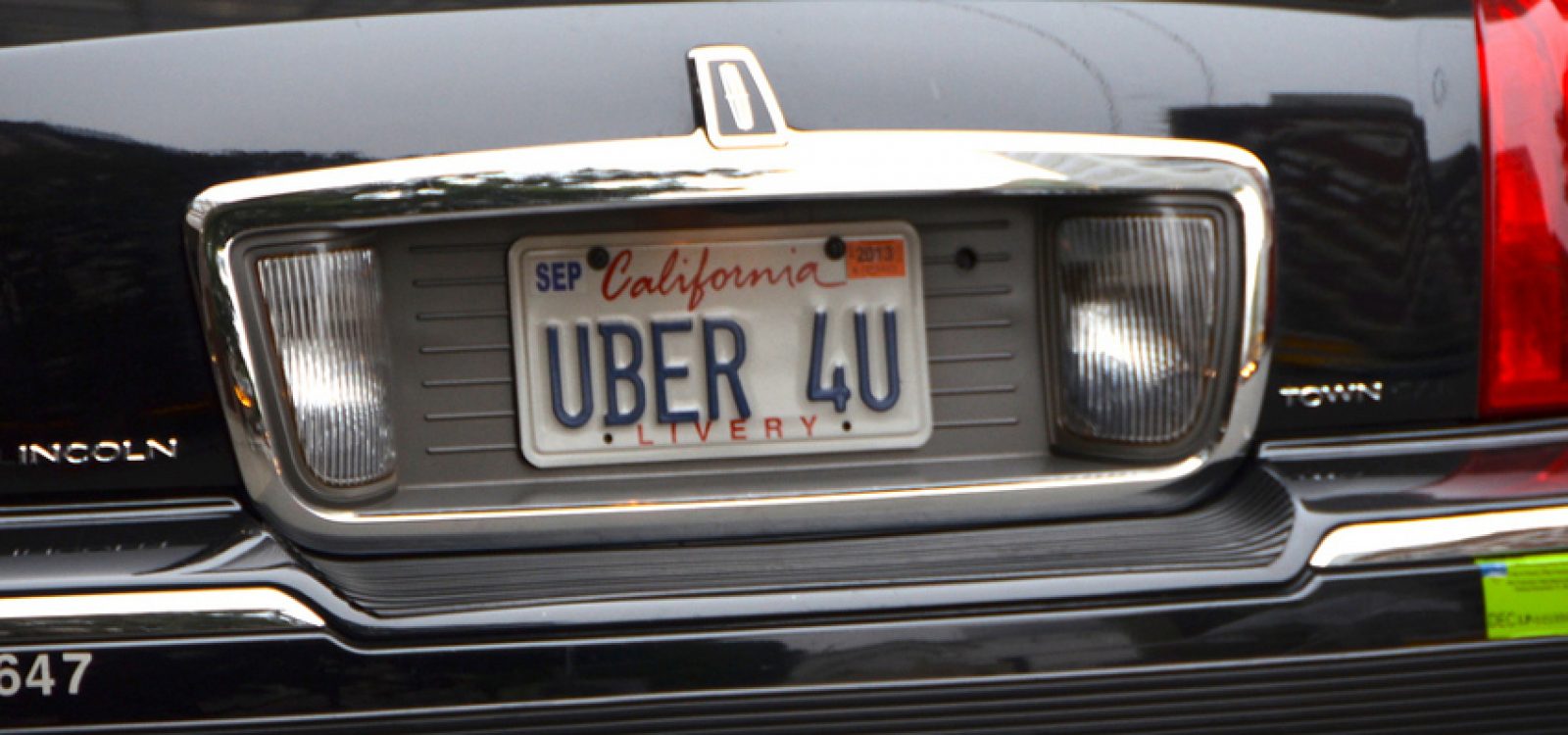
Is there an Uber future in Australia?
Advances in legalising car sharing networks have the potential to challenge and transform insurance. In just 12 months, Uber has been authorised in 26 cities around the world and is now offering to share its data with the Australian government in a bid to allay fears, and fines, on its use. Actuary Catherine Weston looks at the unique implications for the insurance industry
Uber has been outlawed in several jurisdictions worldwide for various reasons, but the common themes are non-compliance with the law and a perceived risk to public safety.
In Australia, the company requires drivers to have personal CTP and third party property damage insurance. Many drivers would also have comprehensive cover, however if all personal insurance claims are declined (bringing into effect Uber’s contingent coverage), the driver’s vehicle would be left uncovered (as well as the driver’s injuries) because Uber’s ‘contingent coverage’ only covers bodily injury and property damage to third parties.1
The Insurance Council of Australia is not aware of any insurance products in Australia that cover ride sharing2. If an insurance company proves a driver’s actions to be illegal (for example, a non-commercial driver in a non-commercial vehicle receiving a fee for service), a claim against the insurance policy is likely to be declined.
If ride sharing networks become legal, they will present unique challenges for insurers.
| Uber and similar US-based ride share models, Lyft and Sidecar, offer low cost transport made possible by drivers owning their own vehicles and the company typically providing contingent insurance i.e. a ‘Plan B’ to the driver’s personal insurance policy. |
As there are different stages in a ride share trip, specific policy wording will be required. Consideration would need to be given to the various stages, ‘app off’ (private) and ‘app on’ (commercial) with the sub-stages: searching for passengers, matched to passenger, passenger collected/in transit.
Perhaps a telematics based system linked to the ride sharing app is the most viable for tracking private vs. commercial use. Telematics also has the ability to log miles, location and time of day, which are all valuable factors in pricing usage based insurance (UBI).
The US based Metromile announced in January 2015, a new product offering UBI to Uber driver partners. According to the Metromile blog, “Driver partners can now feel secure about their insurance coverage and not live in fear of being dropped by their carrier just because they participate in an Uber TNC”3.
An Australian telematics app, GoFar, is looking to break into the international industry and develop its app further, which prices the car journey by taking into account insurance cost, fuel consumption and engine degradation.4
“Insurance companies would benefit from considering new products designed specifically for legalised ride-share activities…”
Regulatory troubles
The commercial nature of ride sharing has landed Uber in regulatory hot water in Australia and surge pricing has negatively affected its reputation.
During the Lindt Café siege in the Sydney CBD, Uber initially charged customers a minimum of $100 to depart the city. The company initially defended its prices (reasoning that it matches supply with demand) however, following public backlash, went into damage control and offered free rides and refunds to passengers. In the US, regulators have capped Uber’s surge pricing during national emergencies.
A NSW Roads and Maritime Services spokeswoman stated that “while Uber is not breaching the Passenger Transport Act 1990 by offering the service, motorists transporting passengers for a fare are”5.
NSW RMS has issued at least five $2,500 fines, threatening legal action against UberX drivers. The Victorian Government issued more than $50,000 worth of $1,700 fines to drivers around May 20146. In Queensland, the transport inspectors use government-issued phones to book Uber drivers and then fine them. Uber has been able to suspend Uber accounts related to those phones, and thereby avoid further fines.
David Plouffe, Uber’s senior vice president of policy and strategy, met with political and business leaders in Melbourne and Sydney in February 2015 to discuss compliance with the law. This is in contrast to Uber’s prior strategy of simply defying government regulations and paying their driver’s fines. The pool of available funds to pay penalties on behalf of its drivers is large, with Uber’s market capitalisation at over USD40 billion7.
Uber sees the ride sharing network as viable in Australia.
$50,000 – total worth of fines issued to Uber drivers by the Victorian Government around May 2014
“A year ago there wasn’t a single place in the world that had authorised ride sharing. But in 12 short months we now have 26 cities that have formalised it. We are confident it will happen here too,” Plouffe said in February8.
Where to for ride sharing?
Insurance companies would benefit from considering new products designed specifically for legalised ride-share activities and reconsidering their existing insurance policies and provisions.
Technology such as telematics would enable real time data to be collected for pricing usage-based insurance, differentiating between private and commercial use.
As well as the data collected for pay as you drive insurance, additional pricing factors for pay how you drive insurance could also be collected, should a behavioural product be also offered.
It remains to be seen as to how legislators, regulators, and indeed insurers will handle the rise of ride sharing services like Uber.
In the age of ever consuming social media and unprecedented data collection, it does not seem likely that such services will go away quietly.
Once regulators have met the challenge of disruptors like ride sharing, insurers will need to rise to the challenge of providing consumers with risk management solutions.
CPD: Actuaries Institute Members can claim two CPD points for every hour of reading articles on Actuaries Digital.






